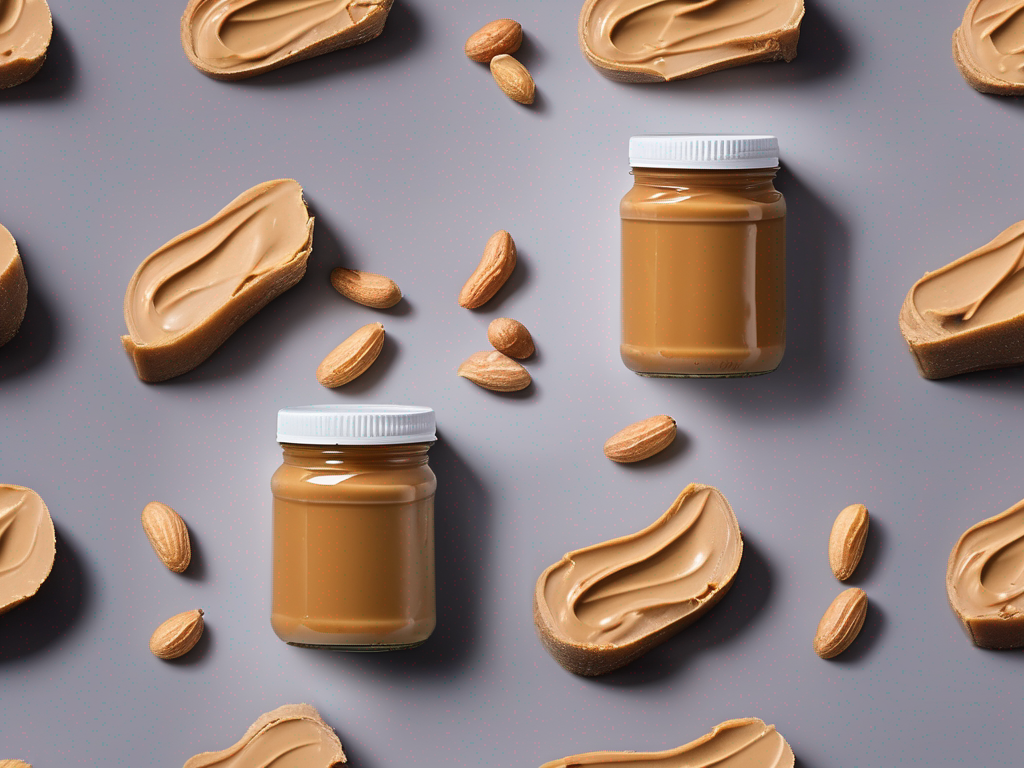
Is Your Peanut Butter Safe to Eat? How to Tell If It Has Gone Bad
Is Your Peanut Butter Safe to Eat? How to Tell If It Has Gone Bad
Peanut butter is a versatile and beloved spread enjoyed by people of all ages. Whether you prefer creamy or crunchy, peanut butter is a pantry staple in many households. However, like all food products, peanut butter can go bad if not stored properly or if it has been sitting in your pantry for too long. In this blog post, we will discuss how to tell if your peanut butter has gone bad and provide you with tips on how to store it correctly to ensure its freshness and safety. (Peanut butter)
Understanding the Shelf Life of Peanut Butter
Peanut butter is known for its long shelf life, thanks to its high oil and low water content, which makes it resistant to spoilage. However, like all food products, peanut butter does have a limited shelf life. Here are some general guidelines to keep in mind:
Unopened Peanut Butter
- Store in a cool, dry place away from direct sunlight.
- Check the "best by" or "use by" date on the packaging.
- Peanut butter can typically last for up to a year or more when unopened.
Opened Peanut Butter
- Once opened, store peanut butter in the refrigerator to extend its shelf life.
- Natural peanut butter should be refrigerated to prevent oil separation.
- Commercial peanut butter can last for several months in the refrigerator.
Signs Your Peanut Butter Has Gone Bad
While peanut butter is less prone to spoilage compared to other food items, it can still go bad under certain conditions. Here are some signs to look out for:
Visual Inspection
- Mold or unusual growth on the surface of the peanut butter.
- Changes in color, such as darkening or discoloration.
- Oily residue on the top layer of the peanut butter.
Texture and Smell
- Unpleasant odor or rancid smell.
- Unusual texture, such as clumps or separation of oil.
Taste Test
- Sour or off-flavors when tasting the peanut butter.
- If it tastes different from how it should, it's best to discard it.
Proper Storage Tips for Peanut Butter
To ensure the longevity and freshness of your peanut butter, follow these storage tips:
- Refrigerate After Opening: Always refrigerate opened peanut butter to prevent spoilage and maintain freshness.
- Avoid Contamination: Use clean utensils to scoop out peanut butter to prevent introducing bacteria.
- Seal Tightly: Close the lid tightly after each use to prevent air exposure and oxidation.
- Store Away from Heat: Keep peanut butter away from heat sources to maintain its quality.
- Rotate Stock: Use older jars of peanut butter first to ensure you are consuming the freshest product.
Conclusion
In conclusion, peanut butter is a delicious and nutritious spread that can be enjoyed in a variety of ways. By understanding the signs of spoilage and following proper storage guidelines, you can ensure that your peanut butter remains safe to eat and retains its quality. Remember to always check the expiration date, inspect the visual appearance, smell, and taste of the peanut butter before consuming it. By taking these simple precautions, you can enjoy your favorite peanut butter without any worries about its safety.
Now that you know how to tell if your peanut butter has gone bad, [check out our main food page](/food/peanut butter) for more food safety tips and storage guidelines. (Peanut butter)
Related Posts
Here are some other articles you might find helpful:
- Keeping Peanut Butter Unopened Fresh: Tips for Long-Term Storage
- What Happens If You Eat Expired Peanut Butter (Unopened)?
- Creative Ways to Use Expired Peanut Butter: A Foodie's Guide
- How to Properly Store Opened Peanut Butter to Prevent Spoilage and Extend Shelf Life
- Signs that Opened Peanut Butter has Gone Bad
Authoritative Food Safety References
These agencies and university labs inform every tip and health precaution we publish.
USDA FoodKeeper – Cold Storage Guidelines
Official refrigerator, freezer, and pantry timelines maintained by the U.S. Department of Agriculture.
Visit USDA FoodKeeperFDA Produce Safety Rule & Grower Guidance
Field-to-fridge handling practices that prevent contamination of fruits, vegetables, and leafy greens.
Visit FDA Produce SafetyCDC Foodborne Illness Prevention Hub
Surveillance-backed guidance on pathogens, symptoms, and steps to reduce foodborne illness risk.
Visit CDC Food SafetyUC Davis Postharvest Technology Center
University research detailing optimal storage atmospheres for produce after harvest.
Visit UC Davis PostharvestPenn State Extension – Home Food Preservation & Safety
Peer-reviewed extension bulletins on safe canning, chilling, and reheating practices.
Visit Penn State ExtensionScan your food directly and get instant safety info using our AI-powered camera feature.